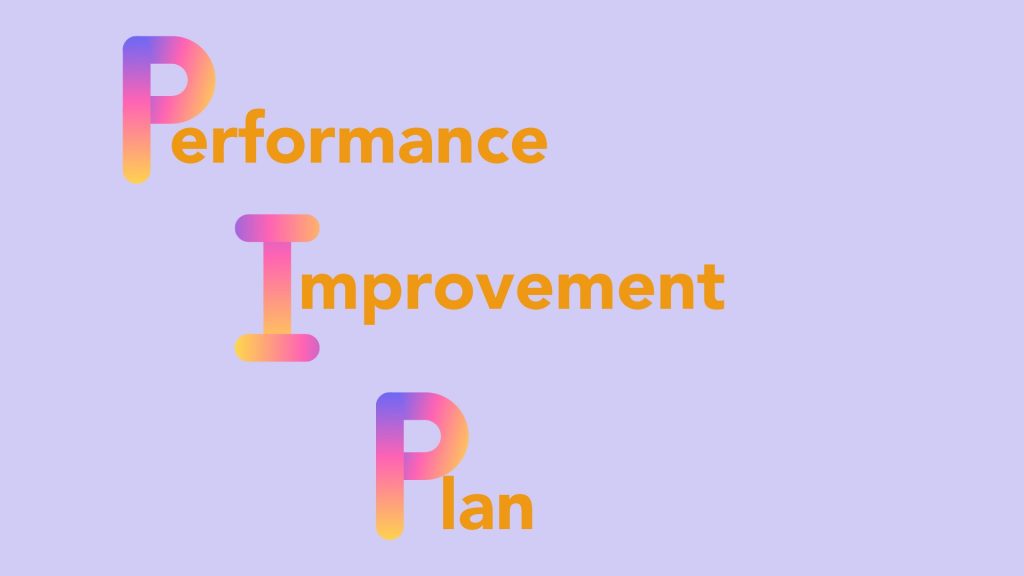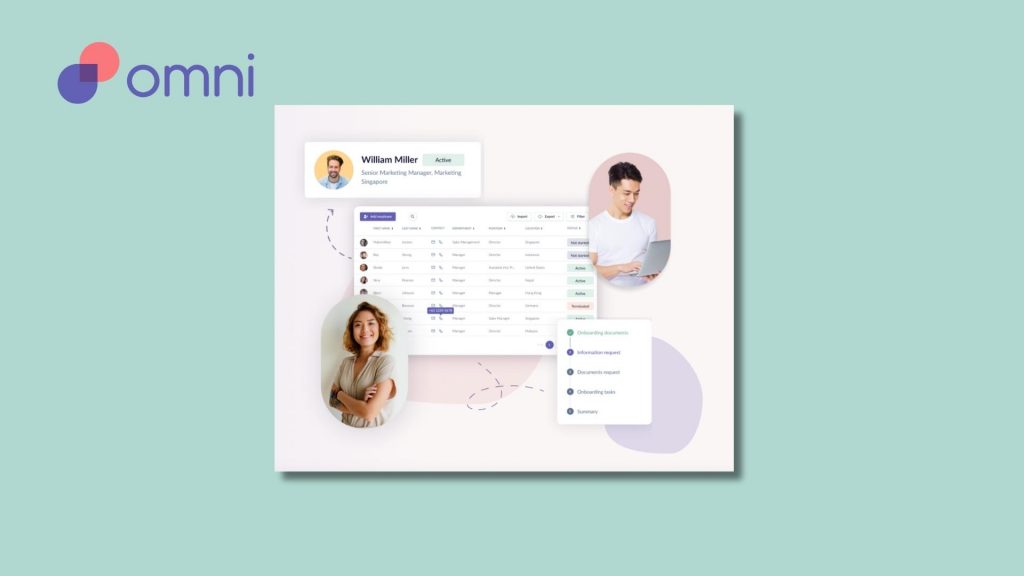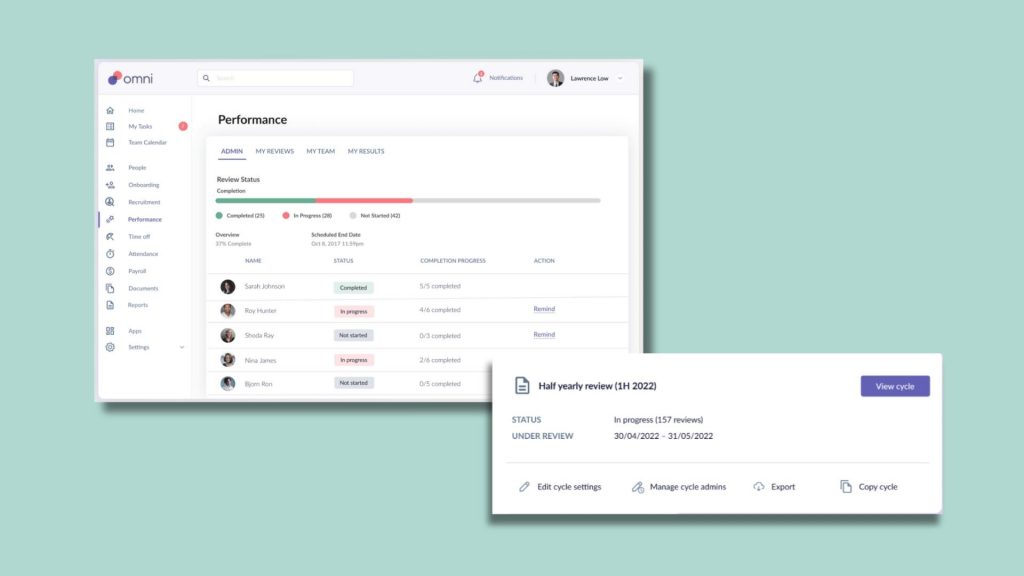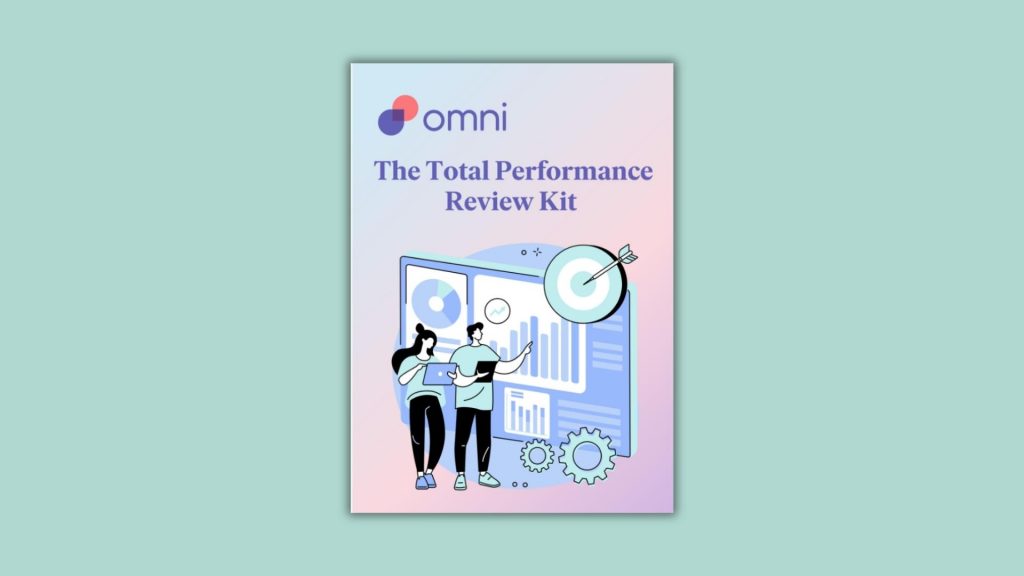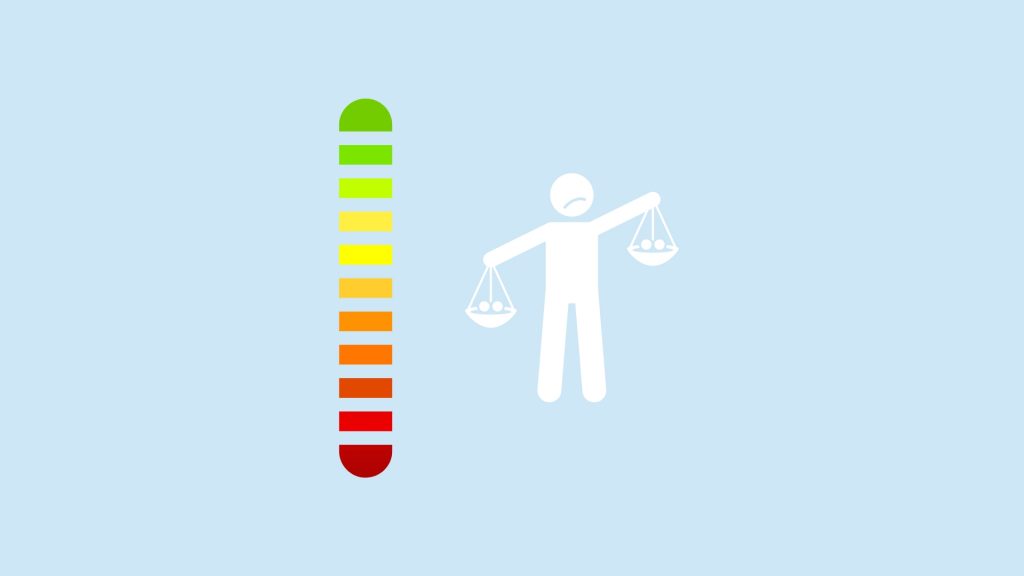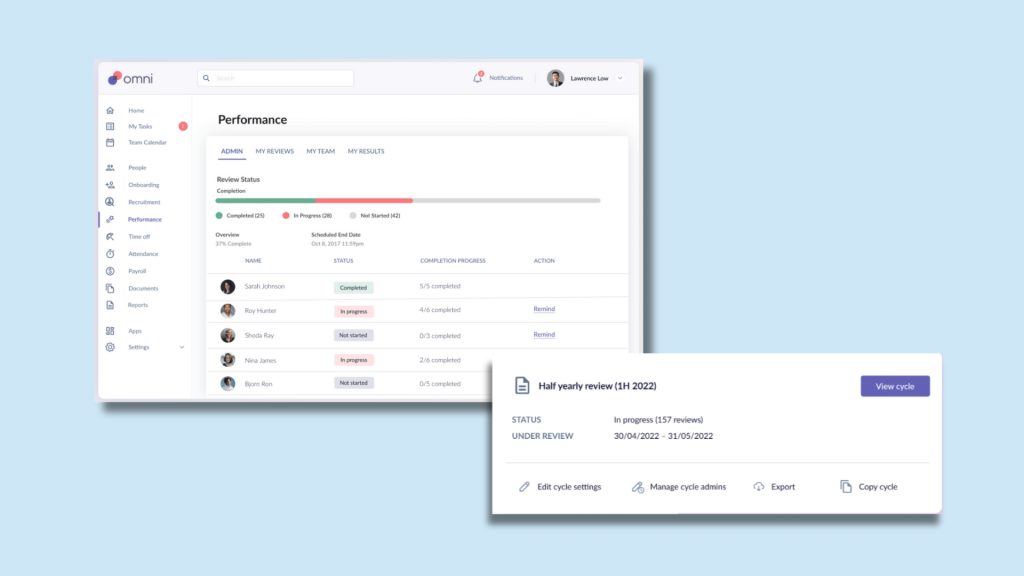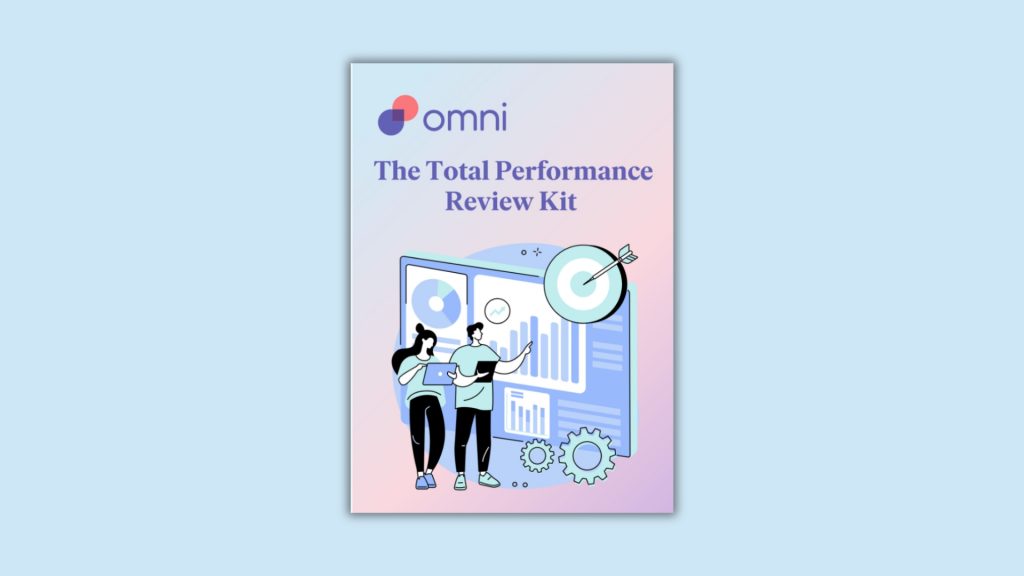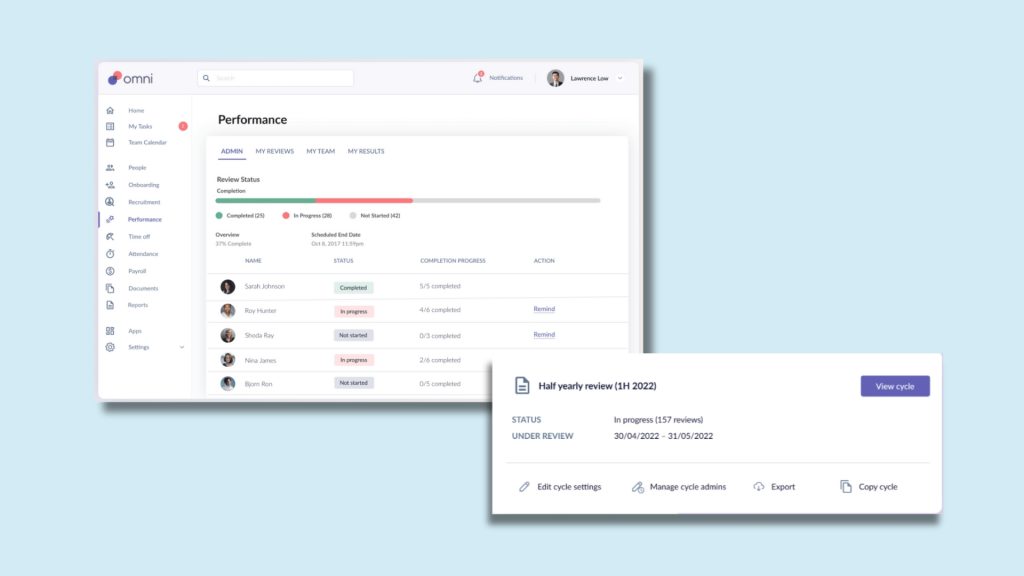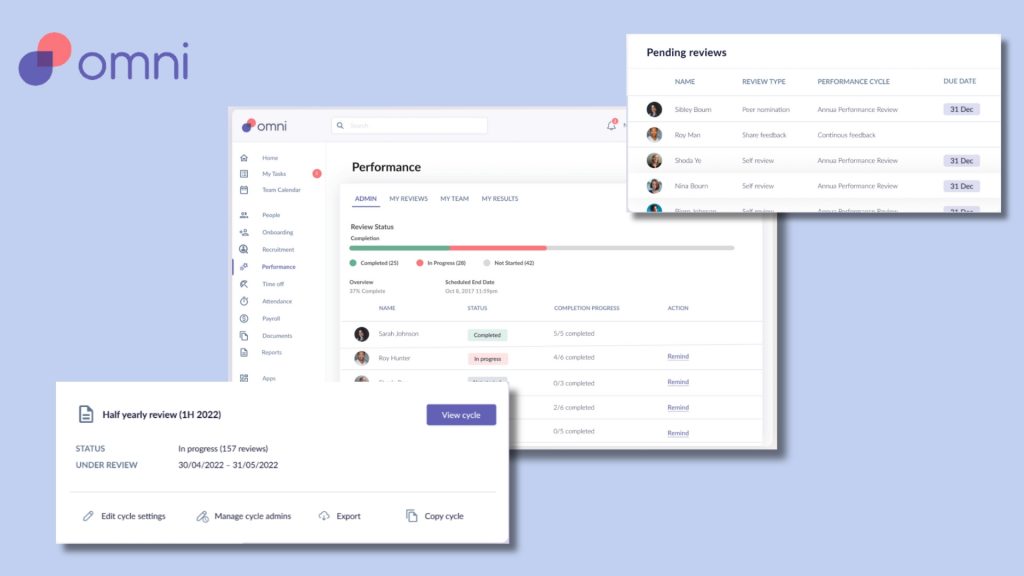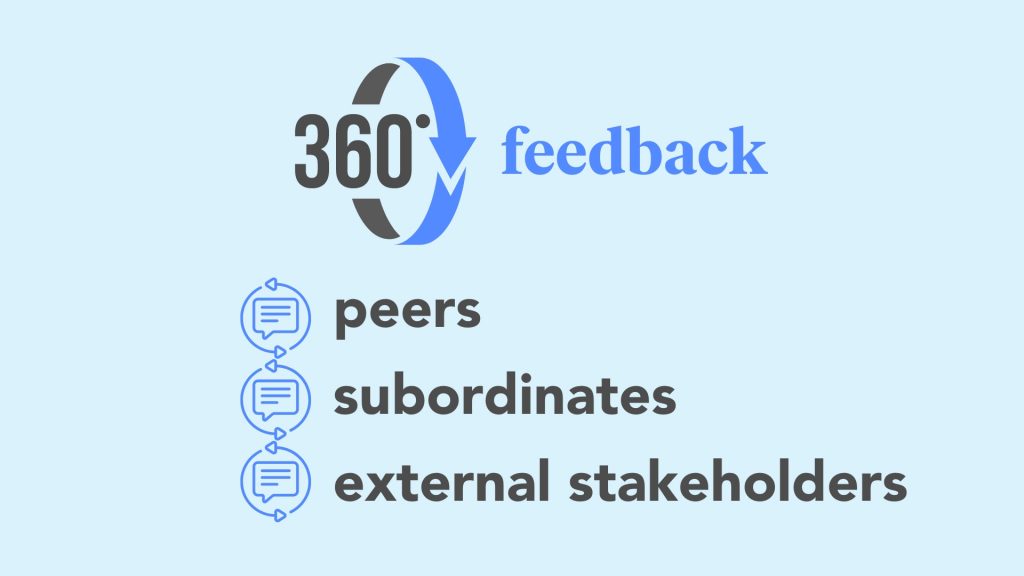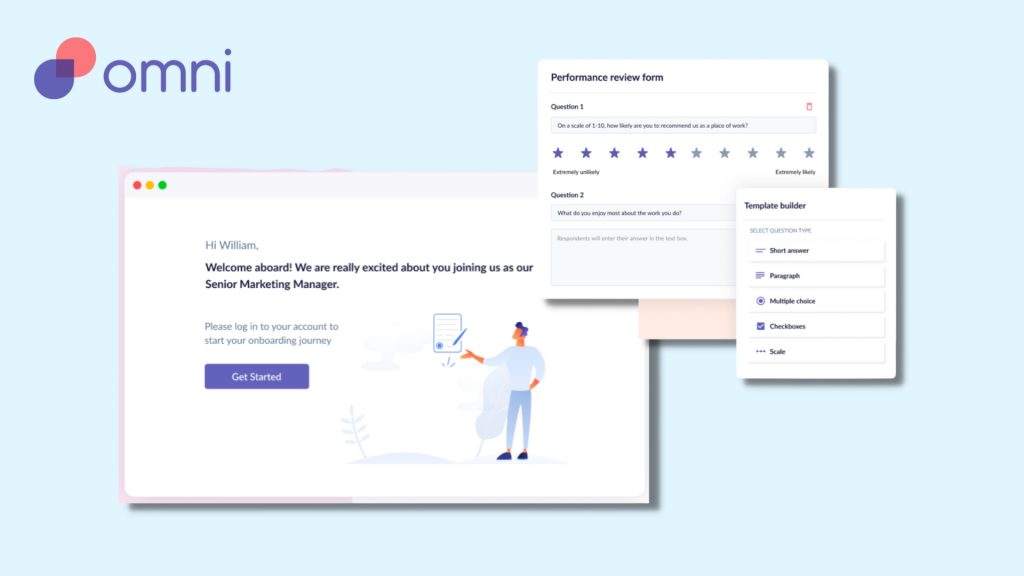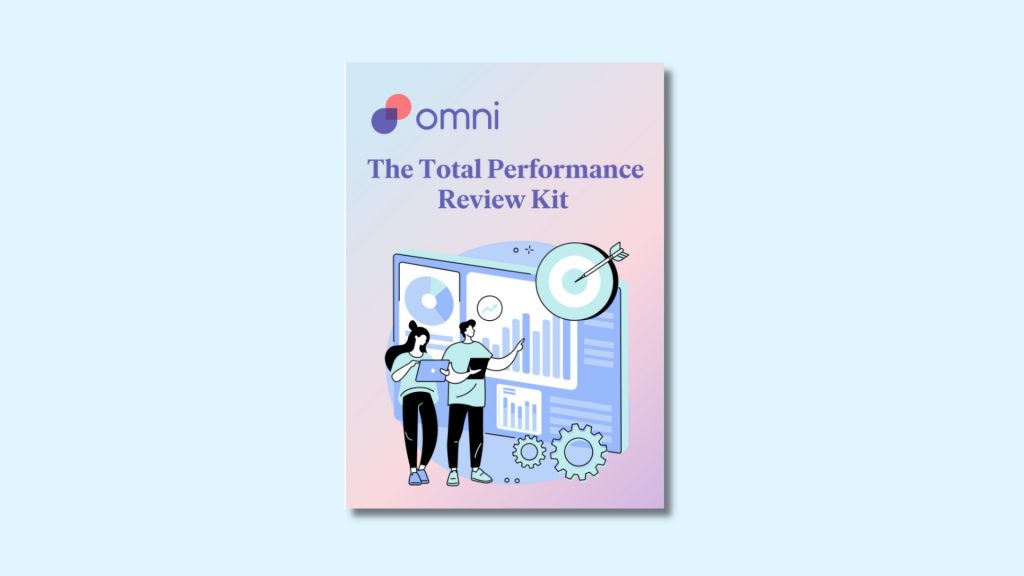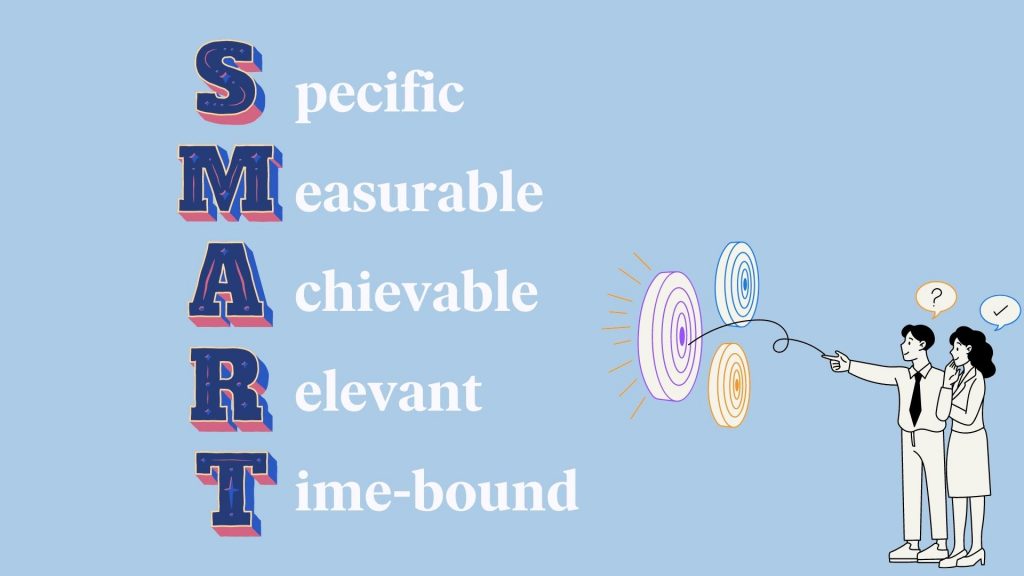Employee performance gaps, the differences between expected performance levels and actual outcomes, are like hidden leaks in a company’s engine. These gaps can hinder productivity, efficiency, and the overall growth of modern teams.
For example, if your sales team consistently falls short of their targets, the performance gap may lie in the lack of proper training, inadequate tools, or a disconnect with your company’s sales strategy. In a customer service environment, performance gaps might reveal themselves through low customer satisfaction scores, possibly due to a lack of empathy training or ineffective communication protocols.
Regardless of the specific area, these performance gaps can have ripple effects throughout your organization, impacting morale, customer satisfaction, financial performance, and long-term growth — especially through employee burnout, with a recent survey finding 74% of employees report experiencing burnout on the job at least sometimes.
Addressing these performance gaps through adequate performance management is not just a matter of fixing isolated problems; it’s about creating a cohesive, well-oiled machine where all parts work in harmony and building high-performing, engaged teams that can drive impactful business outcomes.
Identifying Performance Gaps
Performance Metrics and Data Analysis
Identifying and analyzing key performance indicators (KPIs) is foundational in pinpointing performance gaps. KPIs act as a compass, guiding businesses and employees towards continuous improvement. They might include sales targets, customer satisfaction ratings, or product delivery times.
By setting and tracking KPIs, you equip yourself with checkpoints along the journey of a project, which provide opportunities to measure specific metrics that identify progress and performance, and help reveal performance gaps when they arise.
Accurate and up-to-date data collection is a vital tool in understanding performance gaps. In addition to KPIs, business analytics such as sales numbers and customer satisfaction can reveal valuable insights into not only the performance of your business, but also the performance of your employees. If you notice a decline or change in your data, it may be a sign that it’s time to look into the performance of your teams.
Performance Reviews and Feedback
Regular performance evaluations not only foster growth but are essential in identifying performance gaps. By implementing frequent and consistent performance reviews, you create multiple opportunities for employees to recognize and understand their own performance strengths and weaknesses.
Self-evaluations, peer reviews, and 360-degree feedback all provide valuable performance data for analysis — whether manually or through centralized and automated tools — offering insights into where improvements can be made, and highlighting gaps in skills and performance.
Identifying Skill and Knowledge Gaps
A gap analysis helps in assessing the variance in performance at both individual and team levels. By understanding what skills or knowledge are lacking, you can design targeted interventions to identify and bridge these gaps.
Gap analysis can be carried out in the following steps:
- Take stock of the current initiatives and roadblocks for a team
- Define what the important initiatives and goals are for both the department and the organization at large
- Develop SMART goals that address those goals and help direct the team to where you’d like to be
- Analyze the gaps from where you currently are to where you want to be
- This can be done on an individual, departmental, and organizational level
This understanding not only helps in crafting customized training programs but also assists in deploying resources efficiently. Analyzing these gaps at regular intervals ensures that the training remains relevant and that new gaps are addressed promptly.
Steps to Addressing Performance Gaps
Setting Clear Expectations and Goals
Clear expectations lay the foundation for success. Ensuring employees understand what is expected of them sets a standard against which their performance can be measured. Open communication, consistent feedback, and well-defined benchmarks create transparency, enabling employees to strive towards specific targets and increase their overall performance.
SMART goal-setting empowers employees to reach their full potential. By making goals Specific, Measurable, Achievable, Relevant, and Time-bound, you align individual efforts with organizational objectives. Creating a culture where goals are regularly reviewed, adapted, and celebrated ensures continuous growth and helps maintain focus on overarching company priorities.
Tailoring Training and Development Programs
Different performance gaps require different training methods. Identifying the most suitable approach ensures that learning is engaging and effective. By assessing individual learning styles, and current skill levels, your organization can create personalized training experiences that resonate with employees and drive growth.
A one-size-fits-all approach rarely works in professional development. Customizing learning pathways for individual needs ensures that training is relevant, engaging, and leads to tangible improvements. Customization can take on various forms, considering factors such as employee learning style or personal interests to help target your training approach.
By offering varied and interactive content, accommodating different learning paces, and providing continuous support, you can achieve a tailored learning experience that captures the interest and understanding of your employee.
Implementing Coaching and Mentoring
Coaching is a powerful tool to bridge performance gaps. Regular, one-on-one meetings can lead to targeted improvements, enhancing both skills and confidence. Creating an open and trusting relationship between manager and employee, setting clear objectives, and tracking progress enhances personal development and contributes to organizational success.
Mentoring offers personalized support, nurturing individual growth. It’s an excellent way to address skill gaps and foster a culture of continuous learning. By pairing employees with experienced mentors, providing structured programs, and encouraging honest dialogue, mentoring can become a valuable asset in professional development.
Providing Resources and Support
Employees must have access to the right resources to grow and improve. This includes access to training materials, support from managers, and opportunities to apply new skills. Collaborating with different departments and fostering a culture of continuous learning ensures that employees have the resources they need to flourish.
Self-directed learning initiatives empower employees to take charge of their development. Providing support for these initiatives fosters a culture of curiosity and continuous improvement. Encouraging self-paced learning, offering guidance when needed, and celebrating progress enhances motivation and develops a more autonomous workforce.
Strategic Practices for Continuous Learning
Gamification and Learning Challenges
Gamification can help make professional development engaging and fun while addressing learning challenges among your employees. Gamification — the application of typical elements of game-playing such as point scoring, competition with others, and rules of play — encourages employee participation and competition, boosting learning outcomes.
Gamification can enhance an employees’ motivation, concentration, and engagement in learning new concepts and applying them practically, usually by amplifying the enjoyment derived from the learning process which can help overcome learning challenges such as demotivation or disinterest. By integrating these strategies into existing training platforms, recognizing accomplishments, and creating an environment of friendly competition, learning becomes an enjoyable process.
Gamification can be implemented in various ways. Some common tools used are:
- Point systems
- Leaderboards
- Badges
- Even challenges tied to real-world rewards.
Integrating these elements into ongoing training and development can reinvigorate employees’ interest in learning. When used thoughtfully, gamification can reinforce key concepts, encourage collaboration, and foster a sense of achievement and community among team members.
A company looking to improve customer service skills may introduce a gamified training program. In this approach, employees can earn badges and points for completing modules on empathy, communication, problem-solving, and other vital customer service areas.
A leaderboard can add an element of friendly competition, and quarterly awards for top performers create additional motivation. Regularly updating challenges ensures the content stays fresh and relevant, maintaining ongoing interest and engagement in the program.
Cross-Functional Training and Job Rotation
Cross-functional training enhances collaboration and breaks down silos. Encouraging employees to learn from different departments fosters a comprehensive understanding of your organization. By setting clear objectives, facilitating cross-departmental communication, and aligning cross-training with career paths, a more versatile and cooperative workforce is created.
Job rotation diversifies skills and keeps employees engaged. It provides new challenges and insights, promoting growth and closing performance gaps. Through careful planning, ongoing support, and evaluation, job rotation can become an instrumental strategy in developing multifaceted employees.
There are 4 core elements to this approach:
Planning Phase
Management carefully plans the rotation by identifying the skills that can be shared across departments. For example, a software developer might spend a few months in Quality Assurance to understand how testing and validation work, or in Customer Support to get direct customer feedback.
Ongoing Support
During the rotation, your employees have regular check-ins with mentors from both their home and host departments. This helps them to integrate smoothly into the new role and ensures that they have the resources and support to succeed.
Evaluation
At the end of the rotation, the employee, the mentors, and the managers meet to discuss what was learned, what went well, and what could be improved. This feedback is valuable not only for your employees’ development but also for refining the job rotation program itself.
Outcome
Over time, employees who have gone through this rotation program develop a broader perspective on the company’s operations. They understand how their role fits into the bigger picture and have new skills they can apply in their original roles.
This real-life application of job rotation not only helps in diversifying skills and keeping employees engaged but also provides new challenges and insights. Through careful planning, ongoing support, and evaluation, it nurtures a more versatile and empathetic workforce that can adapt to various roles, promoting growth, and closing performance gaps.
Knowledge Sharing
Knowledge sharing is vital for continuous learning. Facilitating exchanges among employees creates a more collaborative and innovative environment. By creating platforms for sharing such as monthly training sessions, recognizing contributions, and cultivating an open and inclusive culture, the exchange of knowledge is encouraged and rewarded.
A culture that values learning is resilient and adaptive. Promoting this culture ensures that continuous improvement is not just encouraged but celebrated. By integrating learning into daily routines, offering learning incentives, and recognizing achievements, you can nurture a thriving learning culture.
Promoting a Learning Culture and Measuring Progress
Impactful managers lead by example, encouraging innovation and experimentation. This leadership style fosters a culture where continuous learning thrives. Encouraging open dialogue, offering opportunities for growth, and being actively involved in development initiatives makes leaders instrumental in shaping an organization that is continuously learning.
Acknowledging progress and achievements creates a positive reinforcement cycle. Recognition and rewards incentivize continuous learning, and you can explore methods to implement them through strategies like pay for performance. Regular recognition, both formally and informally, creates a positive atmosphere that encourages further development and fosters a supportive community.
Evaluating the Impact of Continuous Learning Initiatives
Evaluating the impact of learning initiatives ensures that efforts align with goals. Measuring performance improvements confirms that training and development are effective. Evaluation metrics such as test scores, course completion rates, job satisfaction, and task performance can lend valuable insight into the success of your learning initiatives.
Regular monitoring, open feedback channels, and adapting strategies based on tangible results ensure that learning initiatives stay relevant and aligned with both individual and organizational needs.
Continuous learning requires continuous adjustment. Based on feedback and results, strategies must be refined to keep them relevant and effective. By encouraging an agile approach, being responsive to changes in the industry or within the team, and implementing regular reviews, learning strategies can remain dynamic and effective.
Boost Employee Performance and Build a Culture of Learning

Addressing performance gaps is an impactful way to help promote growth and success within your organization. Taking a multifaceted approach to promoting learning, addressing opportunities for growth, and maintaining a consistent and regularly audited performance analysis will fine tune performance, engage employees, and promote highly productive teams that drive business results.
Through leveraging the power of automation, Omni allows HR teams and managers access to performance data that drives targeted approaches to swiftly addressing performance gaps and fostering growth within your organization. Our comprehensive and highly customizable performance review capabilities arm your team with the tools necessary to maintain regular performance analysis, and keep employees informed and motivated year round.
Book a demo with our team to learn more about how Omni’s can improve your performance management and help address performance gaps to foster a culture of continuous growth.
For more support in your performance management journey, download our free Ultimate Performance Review Kit and get started on shrinking your performance gaps today.







